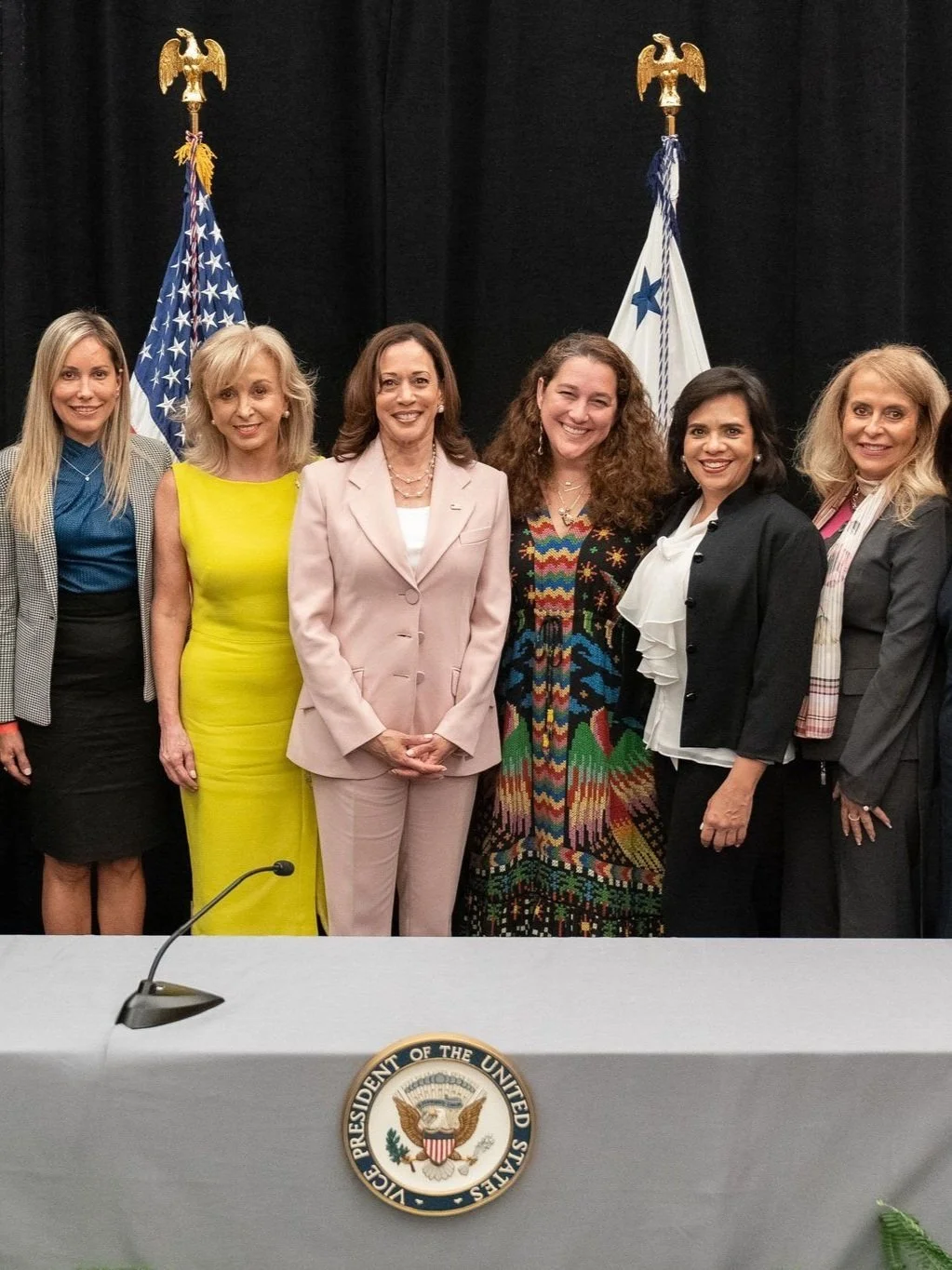As growing numbers of consumers turn away from generic, mass-produced pieces, designers are increasingly looking to carve out their own niche in their respective industries, with many now focusing on creating unique items that respect time honored-techniques and utilize sustainable materials. And while the focus has been firmly on the fashion industry and its efforts to raise the bar, those in the business of fine jewelry are also stepping up.
Part of an industry with annual global sales expected to reach $292 billion by 2020, here are five independent jewelry brands with ethical credentials…
Mirian 18K gold ring.
Ana Khouri
“Being part of the Fairmined Initiative is something that I am very proud of,” Ana Khouri told the Robb Report’s Annabel Davidson in a recent interview. The New York-based designer, who spent her formative years in Brazil, launched her namesake label in 2013, and working with ethically sourced Fairtrade gold allows her brand to support and help promote responsible mining practices.
Having initially trained in sculpture back in Sao Paulo, it’s no surprise that Khouri’s sought-after pieces take on organic shapes, designed to work in balance with the body. And the award-wining designer’s creations, which are all made from 18K Fairmined gold or platinum and incorporate ethically and responsibly sourced gemstones, have found favor among a growing list of celebrity clientele, including Lady Gaga, Claire Foy, Charlize Theron and Alicia Vikander.
Large Storm Pendant crafted from 18K gold with labradorite.
Pippa Small
Awarded an MBE by Queen Elizabeth II in 2013 for services to ethical jewelry production, Pippa Small has been selling her consciously created designs for more than 20 years. The former social anthropologist built her brand by collaborating with indigenous and traditional craftspeople across the globe, establishing projects aimed at keeping traditional skills alive and boosting local economies. And this year marks a decade of the London-based designer’s collaboration with Turquoise Mountain, an organization founded in 2006 by the Prince of Wales to promote and conserve traditional crafts in Afghanistan and Myanmar.
Small’s colorful designs with their hand-worked quality have earned her a cult following. Irregular shapes lend the pieces a bohemian feel, and semi-precious stones such as crystals often feature in settings alongside uncut diamonds, spinel, turquoise, moonstone, and pink tourmaline.
Sapphire, lapis, opal, labradorite, and pyrite drop earrings.
Melissa Joy Manning
Known for her environmentally responsible ethos as well as her unique, handmade designs, Melissa Joy Manning is the co-founder of the CFDA Sustainability Committee. Recognizing early on that the jewelry industry faces the same challenges as apparel in terms of lack of supply chain transparency and industry certification standards, she encourages future talents to find their own place in the sustainability conversation, one that she has been a key part of since launching her brand back in 1997.
Each piece of jewelry made in Manning’s US studios is crafted by in-house teams of artists using traditional metalsmithing techniques, reflecting the founder’s time spent studying silversmithing in Mexico. Her heirloom-inspired designs are also made with recycled silver and gold sourced from a Green Certified refinery, and responsibly sourced stones. But beyond using sustainable materials and employing traditional techniques, the company also adopts a zero-waste policy, collecting and reusing scrap metal and waste materials, and it carbon offsets each shipment. It also uses recycled paper, soy ink, and energy-efficient heating and cooling processes.
Orbit Ring in 18K yellow gold with diamonds and tagua seed.
Fernando Jorge
“I wanted to go back to the natural, the sensual, and the Brazilian,” explained Fernando Jorge in an interview for The Telegraph earlier this year. Referring to the inspiration behind his latest collection, the London-based Brazilian-born designer is among a growing number of creatives working with tagua seed in combination with precious stones and metals, for a refreshing take on traditional fine jelwelry forms.
Tagua seeds come from the Phytelephas Macrocarpa palm tree. What used to be a commodity of global importance gradually fell out of favor with the increased popularity and reduced costs of plastics, but it is now starting to become more widely used in the fashion and jewelry industries as the only natural, sustainable alternative to mammal ivory.
Known as vegetable ivory, given their resemblance in both texture and color, Jorge was able to source tagua seeds from his home country, and they feature in several pieces in his ‘Surround’ collection, which is defined by the award-winning designer’s signature fluid lines and soft shapes.
Vision Of Love Pearl Earring made from sweet water pearls, 925 silver and 18K gold plated 925 silver.
Wald Berlin
Founded by former model and fashion stylist duo Joyce Binneboese and Dana Roski, Wald Berlin presented its first jewelry collection earlier this year during Berlin Fashion Week. But the brand already counts Lena Dunham, Leandra Medine and Marion Cotillard among its list of international clientele.
Featuring seashells, freshwater pearls and Swarovski crystals, each piece is inspired by the founders’ global travels, lending their designs a wanderlust feel. However, it is the story behind the brand, as well as its covetable collections, that have also been making headlines. Each piece is handmade by a collective of local unemployed moms or grandmothers, often from small villages where employment opportunities are scarce. “You can make such a difference when thinking twice and change the world each day a bit to be better,” said Binneboese and Roski. “They are the heroes of our society and deserve jobs and appreciation.”
















